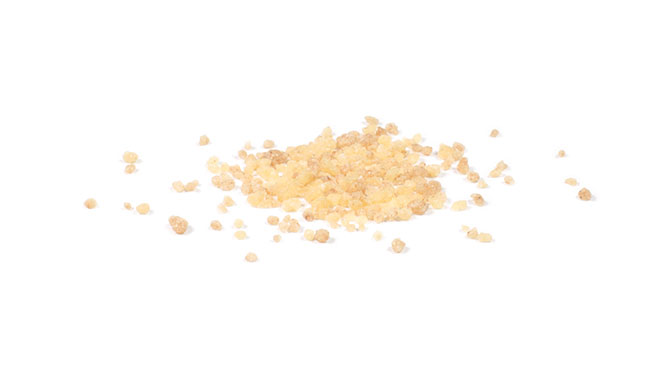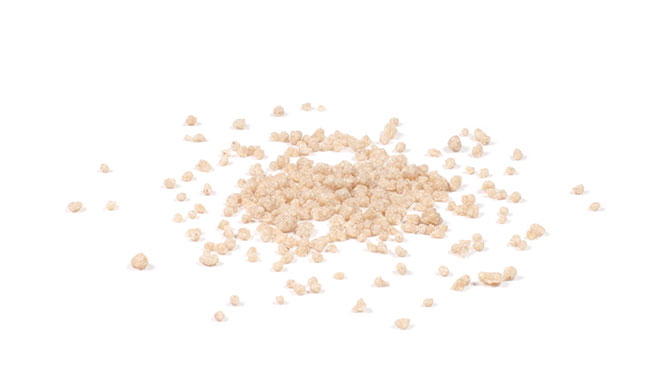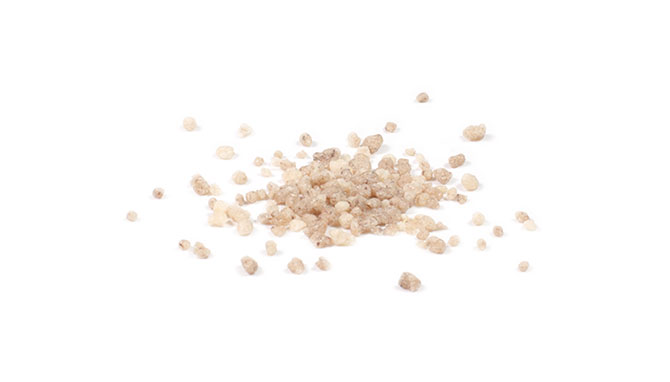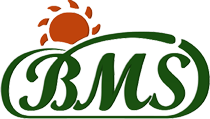COUS COUS
Couscous is a speciality of North Africa, whose name in Arabic means “food”. It is obtained by mixing the durum wheat semolina with water and working it to create small granules to be steamed. The manual processing of couscous is part of the traditional North African culture: in the past, in fact, women gathered together for days to prepare large quantities of couscous, which would then be dried under the hot sun and would last for many months to come. Tradition has it that people should eat it all together around a single dish using your hands.
The Arabs were the first to spread this dish in the Mediterranean, then between the 1600s and the end of the 18th century, the coral fishermen of Genoese origins who resided on the island of Tabarca (in front of Tunis) also contributed. These men of the sea, embarking among the supplies even a conspicuous quantity of kuskussù, made him “to wander” in Spain, France, Sardinia and Liguria. In Sicily, however, the couscous came to power in the second half of the 1800s, brought by the workers of the San Vito Lo Capo-Mazara del Vallo belt that went to the Tunisian coast.
Couscous is low in sugar, rich in starch and has a significant fibre content. This particular composition gives it characteristics that make it ideal for low-calorie diets: low glycemic index, high satiety index, as well as the ability to regulate digestive and assimilated processes: the fibre reduces the absorption of sugars and fats and promotes regular bowel activity.
The main nutritional properties of couscous are the presence of vitamins K and essential minerals. The fat content is limited, and the lipid fraction is unsaturated fatty acids.
Our couscous, the result of years of consolidated collaborations, are made with raw materials from controlled supply chains and are processed in the most advanced plants.
Besides the traditional semolina couscous and the farro variety, we are pleased to offer two unique couscous milled in our Spoleto facilities and made with gluten-free, raw materials, coming from the farms we work with.
To obtain a product that is also accessible to intolerant people and at the same time maintain a nutritional balance, we use, for our recipes, different raw materials high in protein and fibre, such as buckwheat, millet and chickpeas. The combination of cereals and legumes produces an ideal relationship between proteins and carbohydrates and a high biological value of the food. Besides, all the grains and beans we use are cold-processed with a traditional stone mill that keeps intact the nutritional and organoleptic qualities of each product.

Farro Couscous

Gluten-Free Buckwheat & Chickpea Couscous


